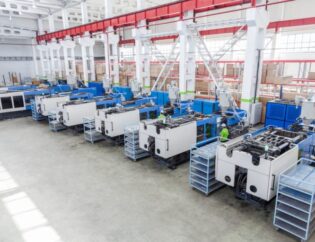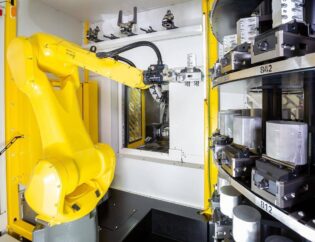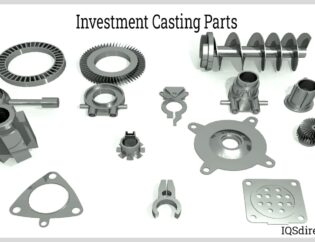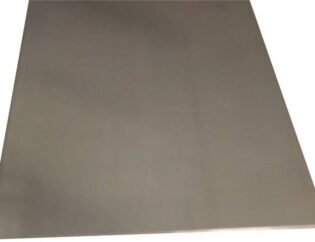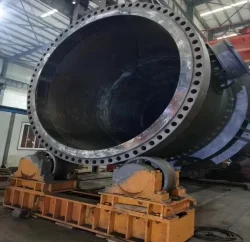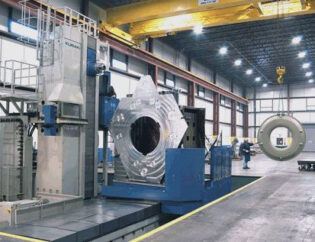CNC wire cutting is a revolutionary manufacturing process that utilizes computer numerical control technology to achieve precise and intricate cuts in various materials. This technique is essential in industries such as aerospace, automotive, and electronics, where accuracy and efficiency are paramount. Understanding CNC wire cutting can significantly enhance production capabilities and product quality.
In this guide, readers will explore the fundamental principles of CNC wire cutting, including its operational mechanics and the types of materials it can process. We will delve into the advantages of this method over traditional cutting techniques, highlighting its cost-effectiveness and versatility.
Additionally, the guide will cover best practices for setting up and maintaining CNC wire cutting machines, ensuring optimal performance and longevity. By the end of this comprehensive resource, readers will be equipped with the knowledge to implement CNC wire cutting effectively in their projects, driving innovation and efficiency in their operations.
CNC Wire Cut EDM Machining: A Comprehensive Guide
EDM (Electrical Discharge Machining) is a non-traditional metal machining process that uses spark erosion to remove material from the workpiece. An electrical discharge (spark) is created between an electrode, usually a wire, and the piece to be machined. There is typically a low conductive liquid medium between the two, such as deionized water, which is continually flushed as the work progresses.
Understanding Wire EDM
Wire EDM is a specific type of EDM process that is widely used in various industries. It allows for the precise cutting of conductive materials, making it ideal for creating intricate shapes and designs. The process is particularly beneficial for machining hard materials that are difficult to cut using conventional methods.
Technical Features of Wire EDM
Wire EDM machines are equipped with several advanced features that enhance their performance. Below is a comparison table highlighting some of the key technical features:
| Feature | Description |
|---|---|
| Electrode Material | Typically made of brass, providing excellent conductivity. |
| Wire Diameter | Commonly ranges from 0.05mm to 0.25mm, allowing for fine cuts. |
| Cutting Speed | Varies based on material and thickness; generally slower than traditional methods. |
| Precision | Can achieve tolerances as tight as ±0.0025 mm, ideal for intricate designs. |
| Dielectric Fluid | Usually deionized water, which cools the process and flushes away debris. |
| Multi-Axis Movement | Many machines offer 5-axis movement for complex geometries. |
| Automatic Wire Threading | Modern machines often include features for automatic wire threading. |
Types of Wire EDM
Wire EDM can be categorized into different types based on various factors such as the electrode used, the application, and the machine configuration. The following table summarizes the different types of Wire EDM:
| Type | Description |
|---|---|
| Conventional Wire EDM | Uses a single strand of wire; suitable for general applications. |
| High-Speed Wire EDM | Designed for faster cutting speeds; ideal for mass production. |
| Small Hole EDM | Specialized for drilling tiny holes; used in medical and aerospace industries. |
| Multi-Head EDM | Equipped with multiple heads for simultaneous cutting of multiple pieces. |
| Automated Wire EDM | Features automation for improved efficiency and reduced manual intervention. |
Advantages of Wire EDM
Wire EDM offers several advantages over traditional machining methods. It is particularly effective for creating complex shapes and achieving high precision. Some of the key benefits include:
– Complex Shapes: Wire EDM can produce intricate designs that are difficult to achieve with conventional tools.
– Material Versatility: It can cut through a variety of conductive materials, including hardened steel and exotic alloys.
– Minimal Distortion: The non-contact nature of the process reduces the risk of damaging delicate parts.
– Excellent Surface Finish: Wire EDM provides a smooth finish, often eliminating the need for additional machining.
Applications of Wire EDM
Wire EDM is utilized across various industries due to its versatility and precision. Some common applications include:
– Aerospace: Used for manufacturing components that require tight tolerances and complex geometries.
– Medical Devices: Ideal for producing intricate parts such as surgical instruments and implants.
– Automotive: Employed in the production of molds and dies for automotive parts.
– Electronics: Used for creating precise components in electronic devices.
Conclusion
CNC Wire Cut EDM machining is a powerful tool in modern manufacturing, offering precision and versatility for a wide range of applications. Its ability to create complex shapes and work with hard materials makes it an invaluable process in industries such as aerospace, medical, and automotive. As technology continues to advance, the capabilities of Wire EDM will only expand, further solidifying its role in precision machining.
FAQs
1. What materials can be cut using Wire EDM?
Wire EDM can cut various conductive materials, including metals like steel, brass, aluminum, and even some alloys.
2. How does Wire EDM differ from traditional machining?
Wire EDM uses electrical discharges to erode material, while traditional machining relies on physical cutting tools, which can cause distortion in delicate parts.
3. What is the typical cutting speed of Wire EDM?
The cutting speed varies based on the material and thickness but is generally slower than traditional methods, making it suitable for precision work.
4. Can Wire EDM be used for mass production?
Yes, high-speed Wire EDM machines are designed for mass production, allowing for efficient and rapid machining of multiple parts.
5. What industries benefit from Wire EDM technology?
Industries such as aerospace, medical, automotive, and electronics benefit significantly from Wire EDM due to its precision and ability to create complex shapes.

